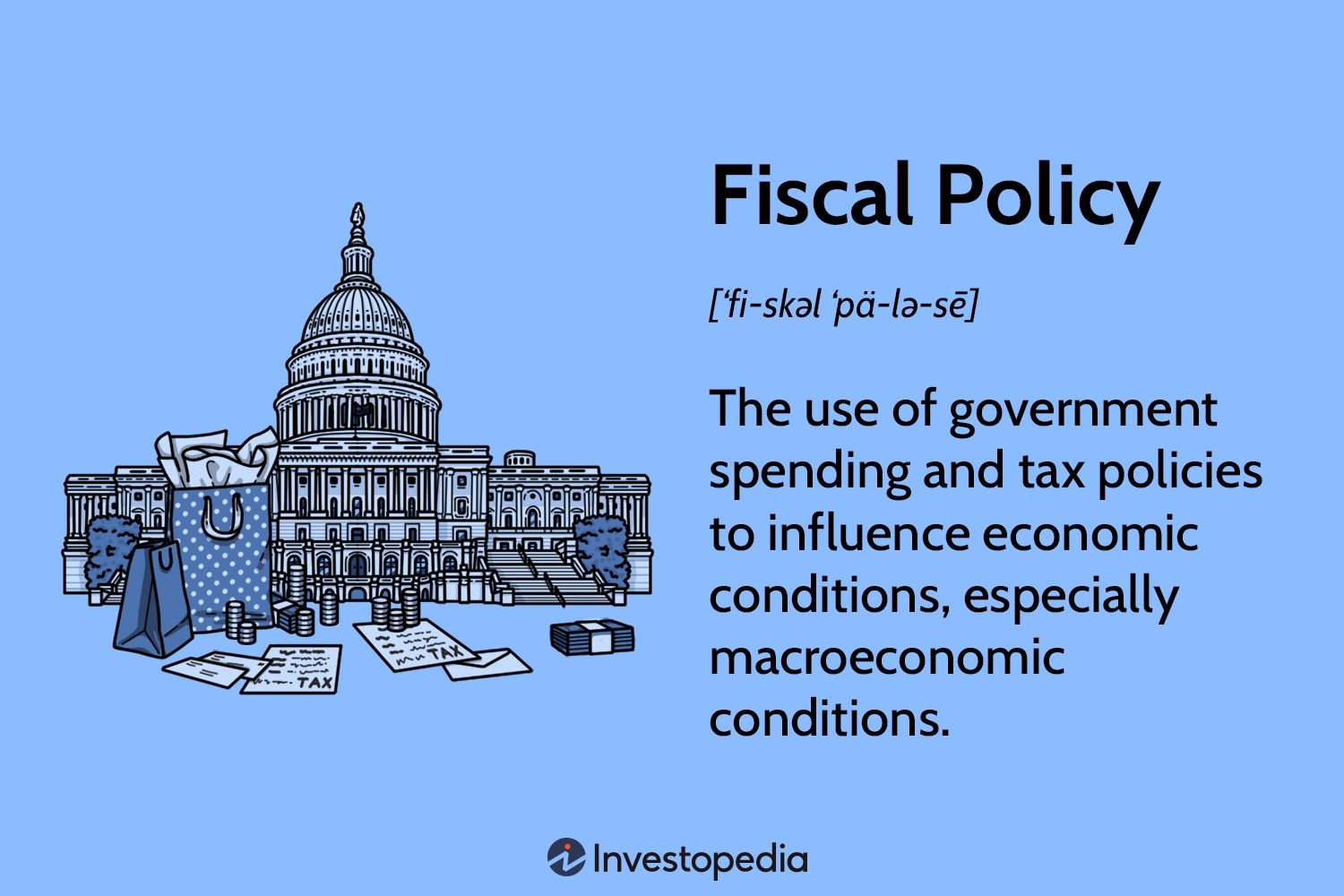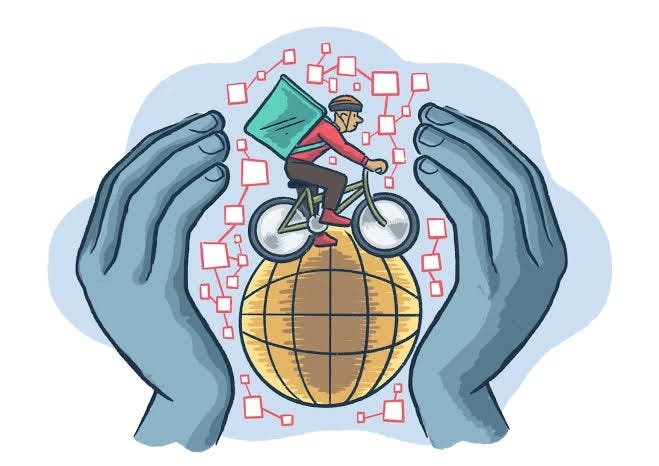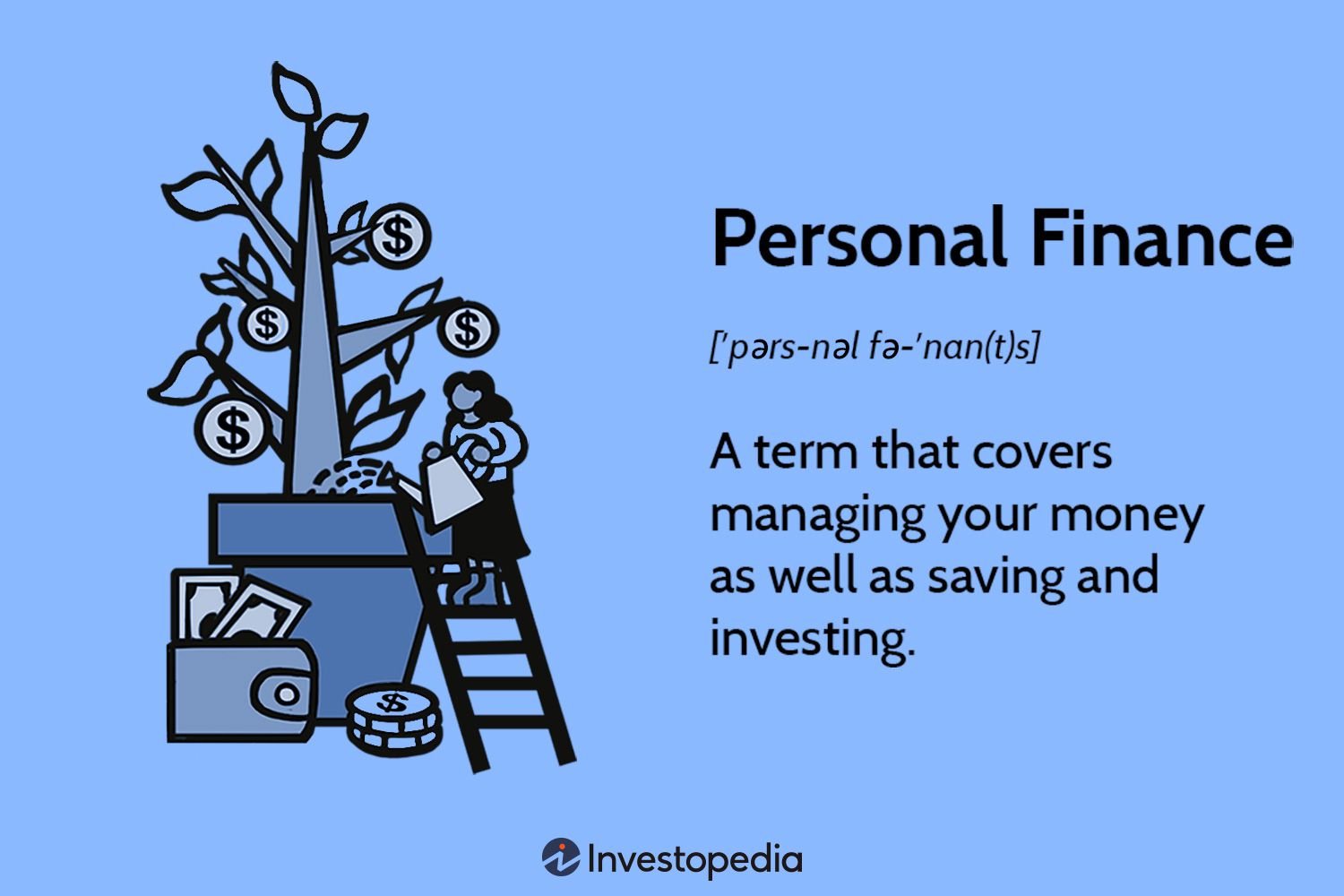Understanding fiscal policy and its impact is crucial for navigating the complex world of economics. Wondering how fiscal policy influences our lives? Look no further! In this blog article, we will delve into the depths of fiscal policy and explore its effects on economies, individuals, and businesses. By breaking down this intricate subject matter into easily digestible pieces, you’ll gain a firm grasp on the principles behind fiscal policy and how it shapes the financial landscape. So, let’s dive in and unravel the mysteries of understanding fiscal policy and its impactful consequences.
Understanding Fiscal Policy and Its Impact
Fiscal policy plays a crucial role in the overall economic well-being of a country. It refers to the government’s decisions regarding taxation and spending, aimed at influencing the economy’s performance. By understanding fiscal policy and its impact, we can gain insights into how decisions made by the government can shape economic growth, employment rates, and inflation. In this article, we will delve into the intricacies of fiscal policy, explore its components, and examine its effects on the economy.
The Components of Fiscal Policy
Fiscal policy comprises two main components: government spending and taxation. Let’s take a closer look at each of these components and how they contribute to the overall fiscal policy framework.
1. Government Spending
Government spending refers to the allocation of funds by the government for various purposes, such as infrastructure development, education, healthcare, defense, and social welfare programs. The government’s spending decisions are influenced by its policy objectives and the prevailing economic conditions.
- Expansionary Spending: During periods of economic downturn or recession, governments often implement expansionary fiscal policies. This involves increasing government spending to stimulate economic activity and boost aggregate demand.
- Contractionary Spending: Conversely, during times of high inflation or excessive economic growth, governments may adopt contractionary fiscal policies. This entails reducing government spending to curb inflationary pressures and prevent the economy from overheating.
2. Taxation
Taxation is the primary source of government revenue and a vital tool in fiscal policy. By levying taxes on individuals, businesses, and other entities, the government generates the necessary funds to support its spending initiatives. Different types of taxes exist, including income taxes, sales taxes, corporate taxes, and property taxes.
- Expansionary Taxation: Lowering tax rates or implementing tax breaks can encourage consumer spending and business investment, thus boosting economic growth.
- Contractionary Taxation: Conversely, raising tax rates or eliminating certain tax benefits can reduce disposable income and discourage spending, helping to control inflationary pressures.
The Impact of Fiscal Policy
Fiscal policy has far-reaching implications for an economy. Its effects can be felt across various sectors, influencing economic growth, employment, inflation, and income distribution. Let’s explore the impact of fiscal policy on these key aspects.
1. Economic Growth
Fiscal policy plays a crucial role in stimulating or curbing economic growth. By adjusting government spending and taxation, policymakers can influence aggregate demand, which, in turn, affects economic output. Here’s how fiscal policy impacts economic growth:
- Expansionary Fiscal Policy: During periods of economic slowdown, governments employ expansionary fiscal policy measures to bolster economic activity. Increased government spending injects money into the economy, creating demand for goods and services. This, in turn, drives production, leading to economic growth.
- Contractionary Fiscal Policy: In situations where the economy is growing too rapidly, fiscal policymakers may adopt contractionary measures to prevent overheating. By reducing government spending or increasing taxes, they aim to reduce aggregate demand, curbing inflationary pressures and promoting sustainable growth.
2. Employment
Fiscal policy has a direct impact on employment levels within an economy. By influencing overall economic growth, fiscal measures can either create or reduce job opportunities. Here’s how fiscal policy affects employment:
- Expansionary Fiscal Policy: During an economic downturn or recession, governments often implement expansionary fiscal policies to stimulate job creation. Increased government spending on infrastructure projects, for example, can create employment opportunities directly and indirectly through the supply chain.
- Contractionary Fiscal Policy: Conversely, during times of rapid economic growth, policymakers may adopt contractionary fiscal policies to manage inflationary pressures. Such policies can have adverse effects on employment, as reduced government spending may lead to job cuts in certain sectors.
3. Inflation
Fiscal policy plays a crucial role in controlling inflationary pressures within an economy. By adjusting government spending and taxation, policymakers can influence aggregate demand, which, in turn, affects price levels. Here’s how fiscal policy impacts inflation:
- Expansionary Fiscal Policy: When the economy experiences low inflation or deflation, expansionary fiscal policies can be implemented to boost demand and increase economic activity. This leads to a rise in aggregate demand, potentially driving up prices and inflation.
- Contractionary Fiscal Policy: In situations where inflation rates are high or rapidly rising, contractionary fiscal policies are employed to reduce aggregate demand. By decreasing government spending or increasing taxes, policymakers aim to curb inflationary pressures and stabilize prices.
4. Income Distribution
Fiscal policy can also influence the distribution of income within a society. By adjusting taxation policies, governments can shape the income distribution and promote social equity. Here’s how fiscal policy impacts income distribution:
- Progressive Taxation: Governments can implement progressive tax systems where individuals with higher incomes are taxed at a higher rate. This helps redistribute wealth and reduce income inequality.
- Regressive Taxation: Conversely, regressive tax systems, where individuals with lower incomes are taxed proportionally higher, can exacerbate income inequality.
- Income Transfer Programs: Governments can also use fiscal policy to implement income transfer programs, such as social welfare initiatives, to provide support to individuals and families with lower incomes.
Understanding fiscal policy and its impact is crucial for policymakers and individuals alike. By comprehending how government decisions regarding spending and taxation can shape economic growth, employment, inflation, and income distribution, we can better navigate the complexities of the economy. Fiscal policy serves as a powerful tool to regulate and steer an economy towards sustained and inclusive growth. By carefully balancing the components of fiscal policy, governments can create an environment conducive to economic prosperity and social well-being.
Fiscal Policy explained
Frequently Asked Questions
Frequently Asked Questions (FAQs)
What is fiscal policy?
Fiscal policy refers to the use of government spending and taxation to influence the overall state of the economy. It involves decisions made by the government regarding the collection of revenue through taxes and the allocation of funds for various public expenditures.
How does fiscal policy impact the economy?
Fiscal policy can have a significant impact on the economy. By adjusting government spending and taxation levels, policymakers can influence aggregate demand, employment rates, economic growth, and inflation. Expansionary fiscal policies, such as increased government spending or tax cuts, stimulate economic activity, while contractionary policies, such as reduced spending or increased taxes, aim to slow down an overheating economy.
What are the main components of fiscal policy?
The main components of fiscal policy include government spending, taxation, and borrowing. Government spending refers to the expenditures made by the government on goods and services, such as infrastructure projects or public welfare programs. Taxation involves the collection of revenue from individuals and businesses, which is used to fund government activities. Borrowing is another component, where the government may borrow money to finance its deficit or invest in long-term projects.
How is fiscal policy implemented?
Fiscal policy is implemented through the formulation and enactment of legislation. Government bodies, such as parliament or congress, discuss, propose, and vote on fiscal measures. These measures can include changes in tax rates, adjustments in government spending, or amendments to borrowing policies. Once approved, the policies are implemented by relevant government agencies, such as the treasury or finance departments.
What are the goals of fiscal policy?
The goals of fiscal policy can vary depending on the economic context and government priorities. Some common objectives include promoting economic stability, achieving full employment, ensuring price stability, encouraging sustainable economic growth, reducing income inequality, and addressing specific socio-economic challenges.
How does fiscal policy differ from monetary policy?
Fiscal policy and monetary policy are both tools used by governments to influence the economy, but they operate in different ways. While fiscal policy involves changes in government spending and taxation, monetary policy focuses on managing the money supply, interest rates, and credit conditions. Fiscal policy is determined by the government and legislature, whereas monetary policy is typically implemented by the central bank.
Can fiscal policy be used to combat recessions?
Yes, fiscal policy can be used to combat recessions. During an economic downturn, the government can employ expansionary fiscal measures to stimulate demand and encourage growth. This can include increasing government spending on infrastructure projects, providing tax cuts to individuals and businesses, or implementing policies to support job creation. By boosting economic activity, fiscal policy aims to overcome recessionary challenges.
What are the potential drawbacks of fiscal policy?
While fiscal policy can be effective in managing the economy, there are potential drawbacks to consider. One concern is the impact of large government deficits on long-term debt sustainability. Additionally, there may be delays in implementing fiscal measures due to political processes or legislative approval. Furthermore, the effectiveness of fiscal policy can depend on various factors, including the economic climate, the efficiency of spending, and the responsiveness of consumers and businesses to policy changes.
Final Thoughts
Understanding fiscal policy and its impact is crucial for individuals and policymakers alike. Fiscal policy refers to the government’s use of taxation and spending to influence the economy. It plays a significant role in stabilizing the economy, promoting growth, and addressing economic challenges. By adjusting tax rates and government spending, fiscal policy can either stimulate or slow down economic activity. It affects various aspects, such as employment, inflation, and investment. Therefore, comprehending fiscal policy and its impact is essential to make informed decisions and contribute to a prosperous economy.



